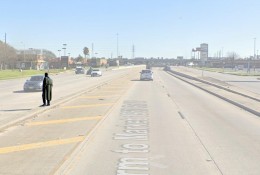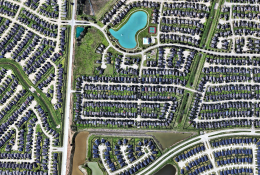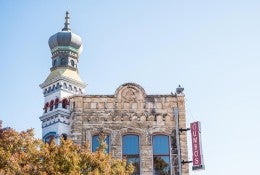These 3 Houston-area cities have the highest minority homeownership rates in the US
A new study shows large, small and midsize cities with the highest — and lowest — minority homeownership rates. The No. 1 city in the U.S. is a Houston suburb.

These 3 Houston-area cities have the highest minority homeownership rates in the US
A new study shows large, small and midsize cities with the highest — and lowest — minority homeownership rates. The No. 1 city in the U.S. is a Houston suburb.

Shedding light on the invisible epidemic of pedestrian deaths in America
In the past 10 years, the number of people who have died while walking in the United States has shot up by more than 50%. In Houston, pedestrian deaths have more than doubled in that time — spiking 125%. In “Right of Way,” Angie Schmitt examines the crisis of pedestrian injuries and fatalities across the U.S. — a crisis that disproportionately impacts low-income and minority communities.

There are only 19 prosperous majority-Black ZIP codes in the US. The Houston area is home to two
A shocking 70% of the nation’s 1,036 majority-Black ZIP codes are considered “distressed,” while only 19 — 1.8% — rank as “prosperous,” according to one analysis. Two of those prosperous ZIP codes are in Fort Bend County.

Here are the 10 most-viewed — and some of the most-engaging — Urban Edge stories of the year, as well as a look at how the Kinder Institute and its researchers are providing the insight needed to solve cities’ equity problems.

Texas’ largest suburban counties are growing fast, but are they growing less reliably Republican?
In the past three decades, the populations of these counties near Houston, Austin and Dallas have tripled in size, become less white and shifted politically. Here’s a closer look.

Rice University
Kraft Hall
6100 Main Street, Suite 305
Houston, TX 77005-1892